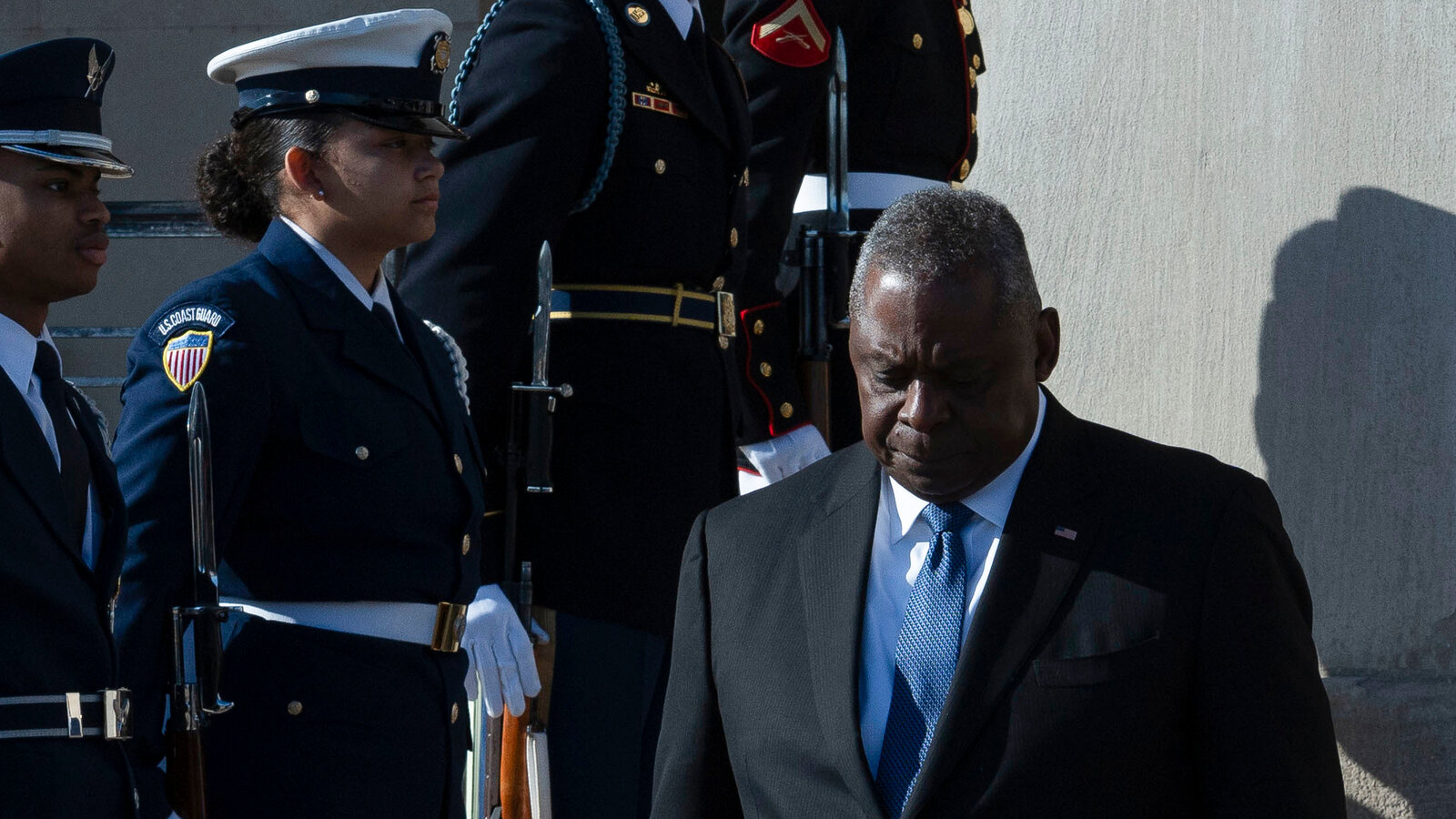The airstrikes were the latest gamble by the United States to modify Iran’s behavior, few of which have worked in the past.
The American strikes on two Iranian military munitions stockpiles in Syria on Friday were carefully designed, President Biden’s aides said, to send two distinct messages to Tehran.
The first was that if the attacks on American forces by Iranian proxies escalate, it would force the United States into the kind of overt military confrontation with Iran that both nations have avoided since the Iranian revolution in 1979.
And the second was that if the attacks stop, both sides could quietly back away, free to resume the simmering hostilities that have characterized the relationship in recent years.
It is the latest gamble by the United States to modify Iran’s behavior, few of which have worked in the past. And now, with the backdrop of a new war in the Middle East, President Biden is signaling that Tehran’s best bet is to stay clear of involvement. The main goal, said John F. Kirby, a White House spokesman, is “to deter and to prevent future attacks.”
Mr. Kirby added the U.S. did not want to escalate: “Nobody’s looking for a conflict with Iran.”
The American strikes on a weapons storage facility and an ammunition storage facility, conducted by Air Force F-16 jets, were in response to rocket and drone attacks on U.S. bases in Iraq and Syria, which the Pentagon said caused traumatic brain injuries to 19 troops. While there have been American strikes before — including the targeted assassination in January 2020 of the head of Iran’s Quds Force, Gen. Qassem Soleimani — these strikes were intended as highly visible brushback pitches.
“These precision self-defense strikes are a response to a series of ongoing and mostly unsuccessful attacks against U.S. personnel in Iraq and Syria by Iranian-backed militia groups,” Defense Secretary Lloyd J. Austin III said in a statement. He quickly added that the United States “has no intention nor desire to engage in further hostilities” if the Iranian-backed attacks stop.
(Later on Friday, Iran’s proxies launched an attack drone at U.S. forces in western Iraq, but there were no injuries or damage on the ground — suggesting that relatively low-level skirmishes may continue.)
Mr. Biden approved the strikes after U.S. intelligence agencies assessed that Iran’s supreme leader, Ayatollah Ali Khamenei, wanted to avoid a wider war with Israel or with the United States, U.S. officials said.
But the Iranians wanted to do something to pressure the United States to rein in Israel and to remind the Americans of Tehran’s power, U.S. officials said.
The U.S. response, officials said, was calibrated to demonstrate strength, but not escalate the situation or give hard-liners an excuse to press Ayatollah Khamenei to lend his support for a wider regional war, led by Iran’s Islamic Revolutionary Guards Corps.
Mr. Kirby told reporters on Friday that the purpose “was to have a significant impact on future I.R.G.C., Iran-backed militia group operations,” and that the strikes were aimed “at storage facilities and ammo depots that we know will be used to support the work of these militia groups.”
Whether such finely tuned messages are received as intended, though, is far from clear. Past attempts to try to control Iran’s behavior have fallen flat.
President Barack Obama struck a 2015 nuclear deal with Iran in hopes that it would begin a new era of modest cooperation between the two countries, once Iran began to reintegrate into the world economy. That never happened. President Donald J. Trump said exiting the deal would prompt Iran to come begging for a new agreement because sanctions were breaking the country. That did not happen either.
Source: The Newyork Times







